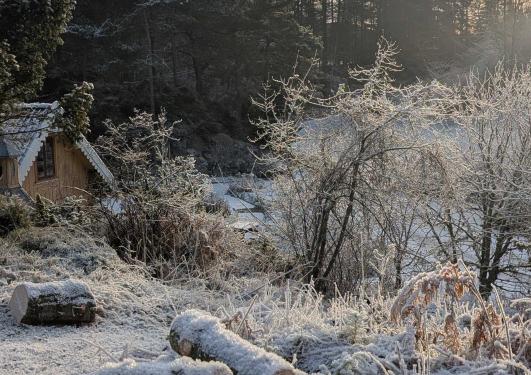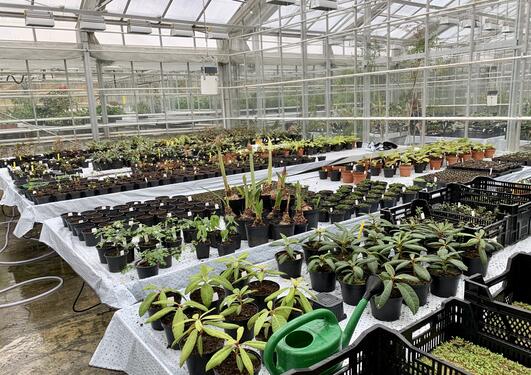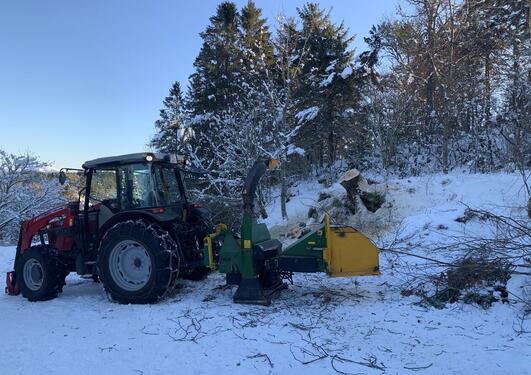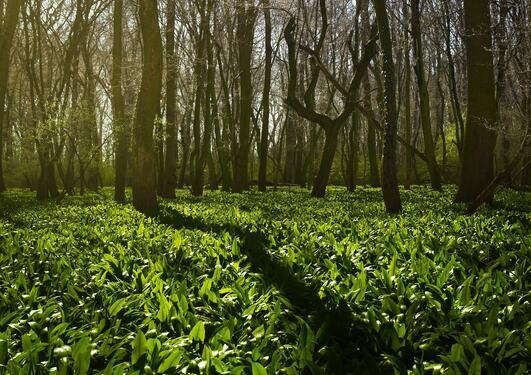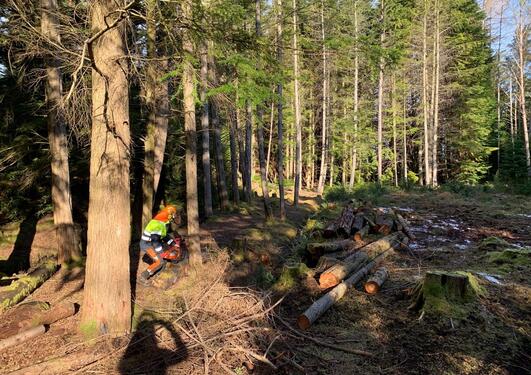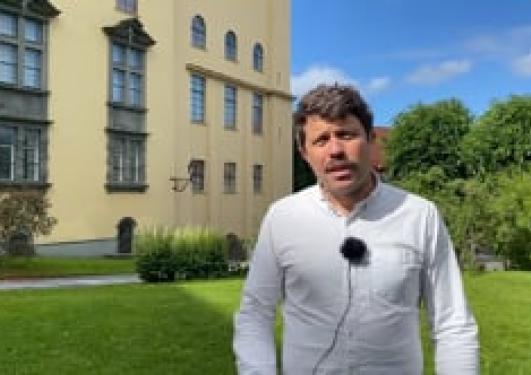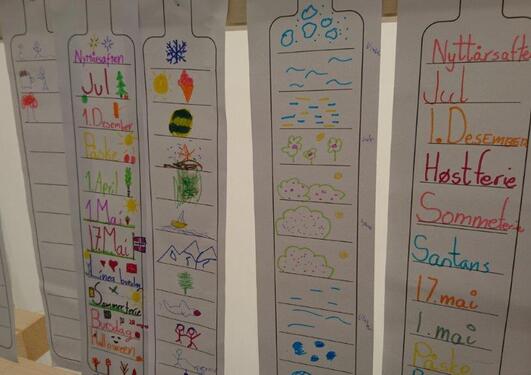Telling times in the Arboretet
A corollary of my seasonal study is an interest in the diverse markers of time embedded in the gardens.

Main content
I’ve come to see the gardens like a giant ‘time capsule’ – a repository of the recent and ancient past, of cyclic rhythms and extraordinary events, and always the detritus that is the constant march of time. Seeing the past bleed into the present is helping me make sense of seasonal change.
“That’s why you rarely see ruined settlements in old places like this. Because the rocks they’re built with have been used to make new walls and buildings,” said one gardener as they took me through the finer points of rock wall building. And I'm starting to see that the arboretum today is growing from pieces of the past, and some very old pieces at that.
That same gardener showed me some depressions and patches of lush grass that reveal the drainage system, engineered in another time, where the small stream disappears underground into a bed of rocks. Another gardener pointed out an excavated half-moon at the edge of a stream where people might have washed clothes and told me about the stone tool fragments he finds in the rose beds. A third gardener took me up to the remnants of a monastery garden abutting the university college campus, and we looked on the crocus, trees and lyshuset (hedge ring) legacies of the monks. We see these relics of ‘longue durée’ time imprinted in the landscape and plant collections of the gardens today.
Time can be read in the plants of the garden, like reading the rings of a tree, or their shrunken stature as they age like old men.
One tree, planted when the gardens were bequeathed in 1971 and featuring large in photos from that era, is now huddled over and covered in moss. Another was planted by then crown-prince Harald, and grafted from a 3000 year-old royal oak in Denmark. And at the same time, gardeners today are nurturing plants to grow and thrive for the next 10, 50 or 150 years. They’re planting future giants – some of those rhododendrons will be 10m tall in 50 years – that they will never get to see reach their heights.
Time is also measured in generations, of plants and people. The arboretum time capsule faithfully preserves the particular botanical interests of scientists and garden directors over the past 50 years. Some garden zones are affectionately referred to by the old professor that nurtured this or that copse, with the glasshouse like a museum of exotic fruit trees. But the gardeners also talk about the generations of plants they’ve nurtured to thrive in the gardens, and the joy of seeing a second or third generation of some exotic species take hold in Milde.
It felt like my own archaeological dig
Back to the present, and I'm seeing the march of time in my daily practices. Sometimes it seems like gardening is fighting with time; trying to hold the gardens in a certain state, and keep them from being over-run with weeds and moss and rot and the detritus filling the drains. A few weeks ago a gardener and I were trimming back a bush in a less frequented corner of the gardens and stumbled across a stash of empty beer bottles that were maybe 15-20 years old by one estimation, and it felt like my own archaeological dig. More artefacts trapped in the arboretum time capsule…
This is the fourth blog post from Dr. Scott Bremer. Read all blog posts from the CALENDARS project here.
